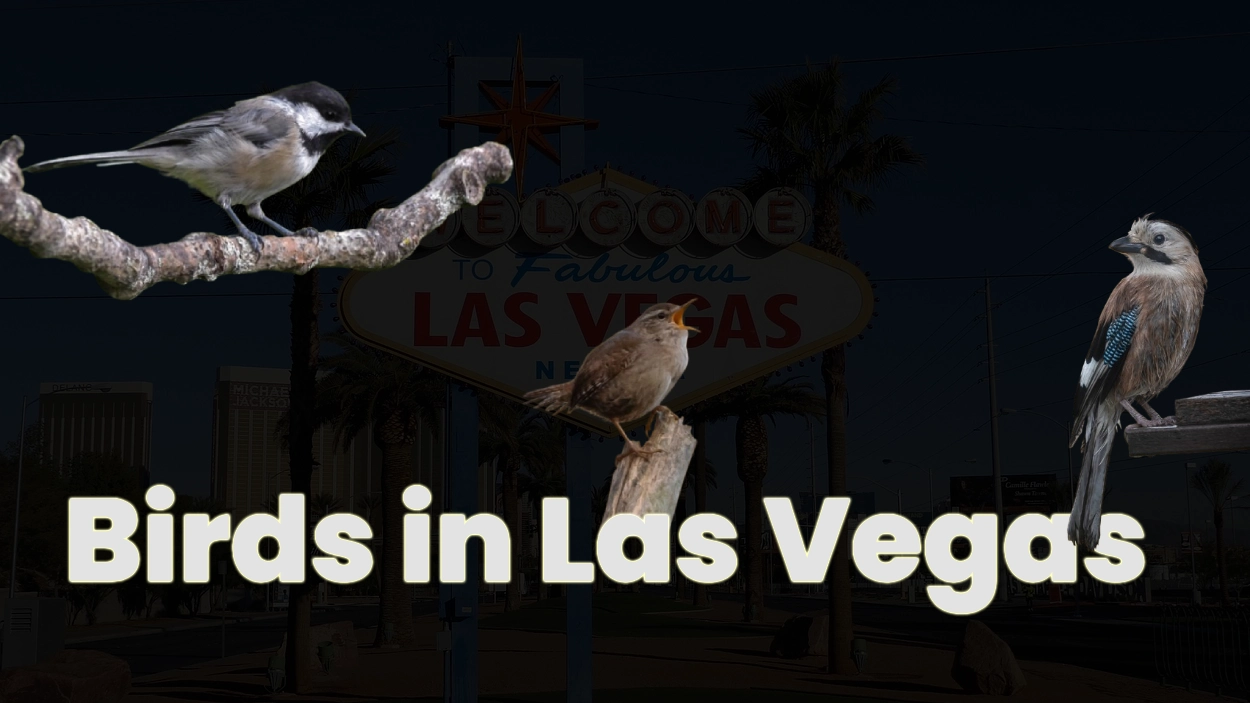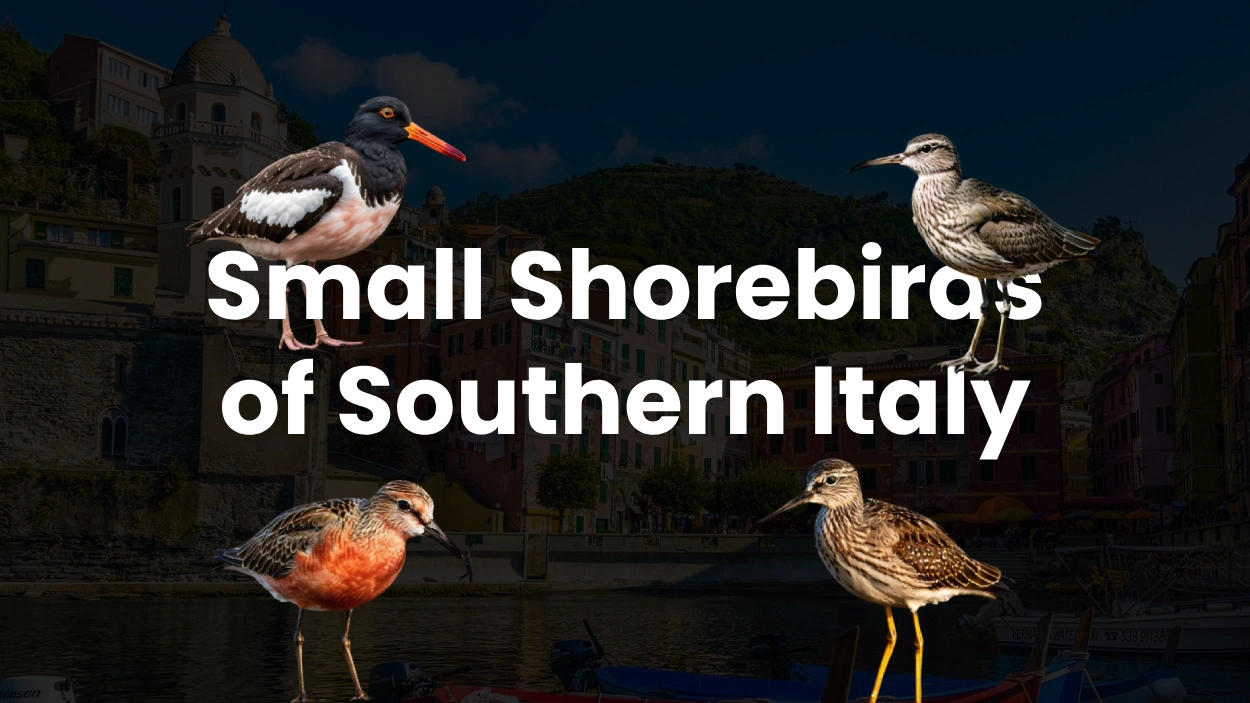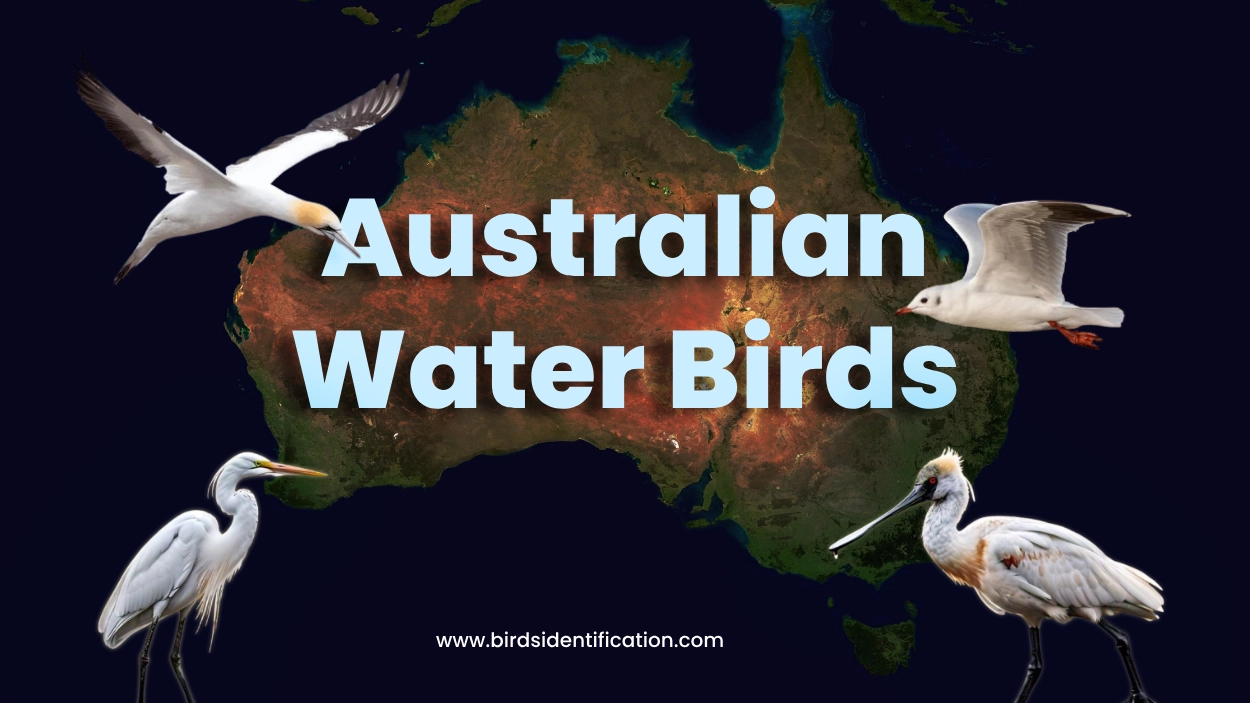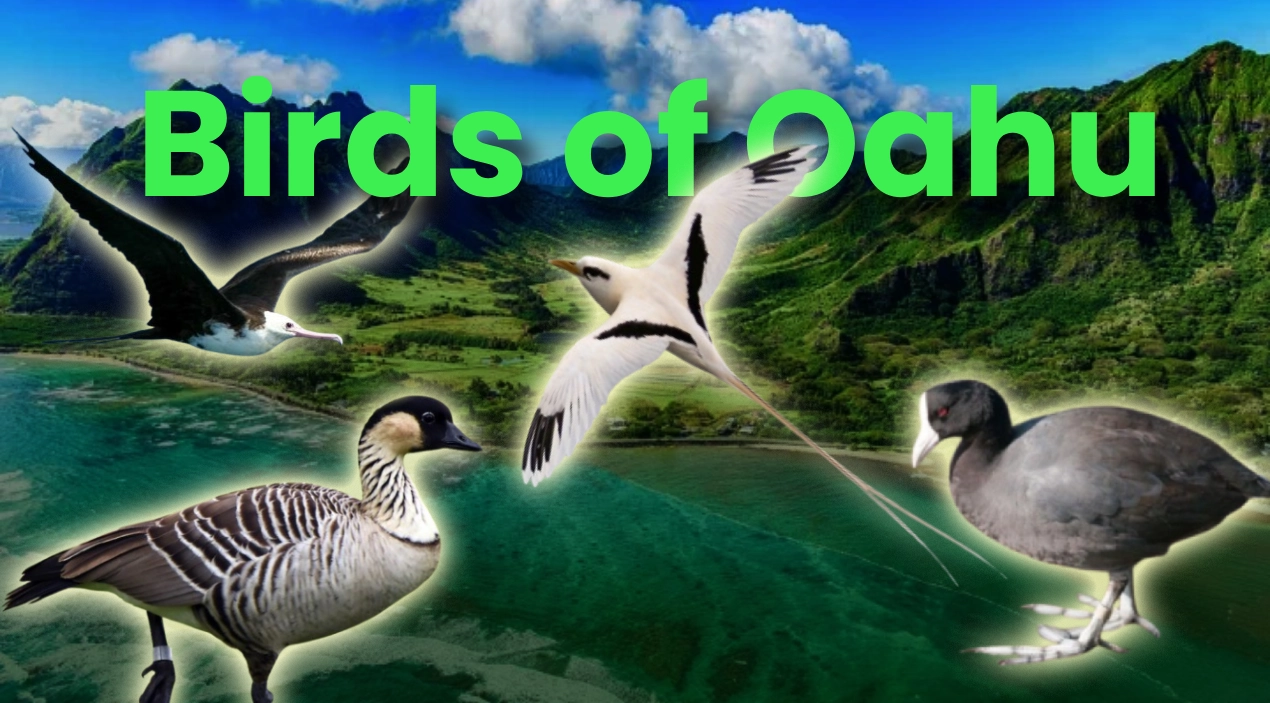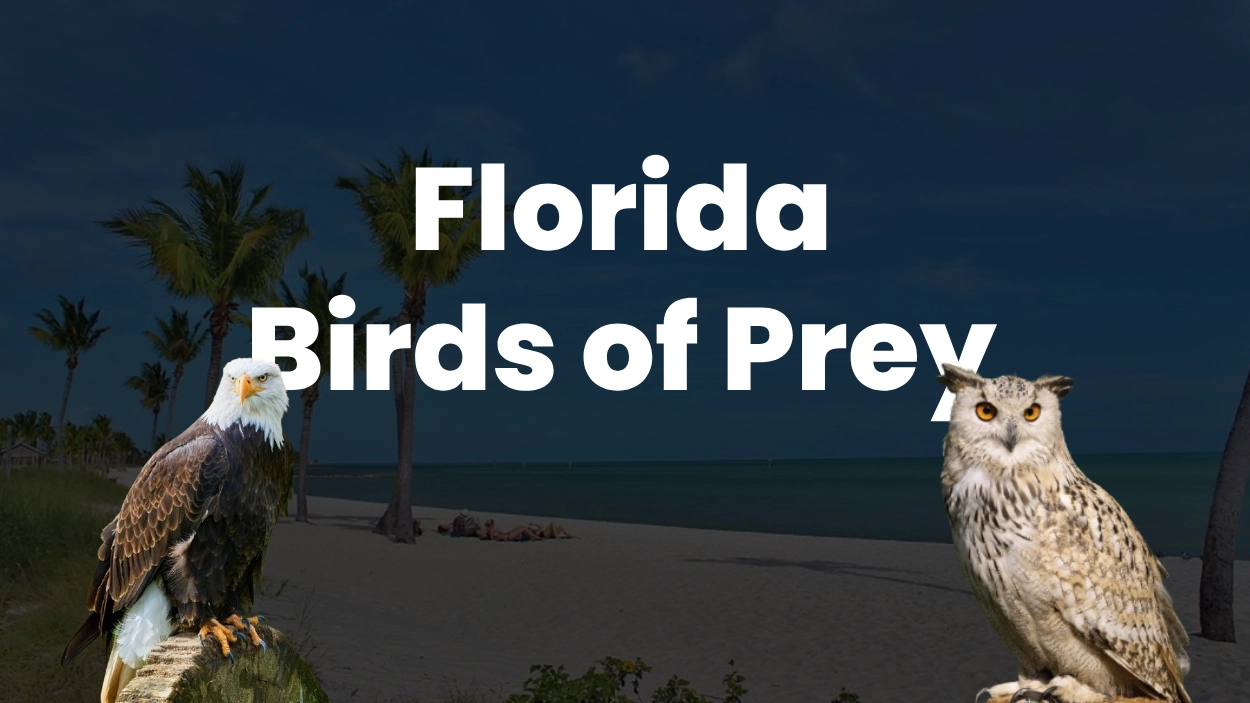The city of Las Vegas is located within the Mojave Desert and is characterized by a hot and arid climate, indicating large variations in temperature, very little rainfall, and the ability of desert vegetation to thrive, including species such as cacti, Joshua trees, and creosote bushes. The Mojave Desert has moreover been surprised by its astounding biodiversity in relation to how birds have adapted to such harsh environmental conditions.
The water is therefore a great attractant, and wetlands, reservoirs, springs, and ponds (natural and artificial sources of water) become a bird magnet. Wetland areas, reservoirs, springs, and ponds can provide crucial urban nesting habitats for both migratory and resident birds. Urban parks and green spaces in Las Vegas provide exceptional artificial living conditions that attract birds in search of food, water, and shelter.
The city’s location also gives it a vital spot along migratory routes, acting as a stop for birds flying between breeding and winter grounds. The meeting point of natural desert surroundings and urban development offers a diverse range of options for birdwatching that captivates both seasoned birders as well as casual observers.
Identification of Birds in Las Vegas
1) Great-tailed Grackle
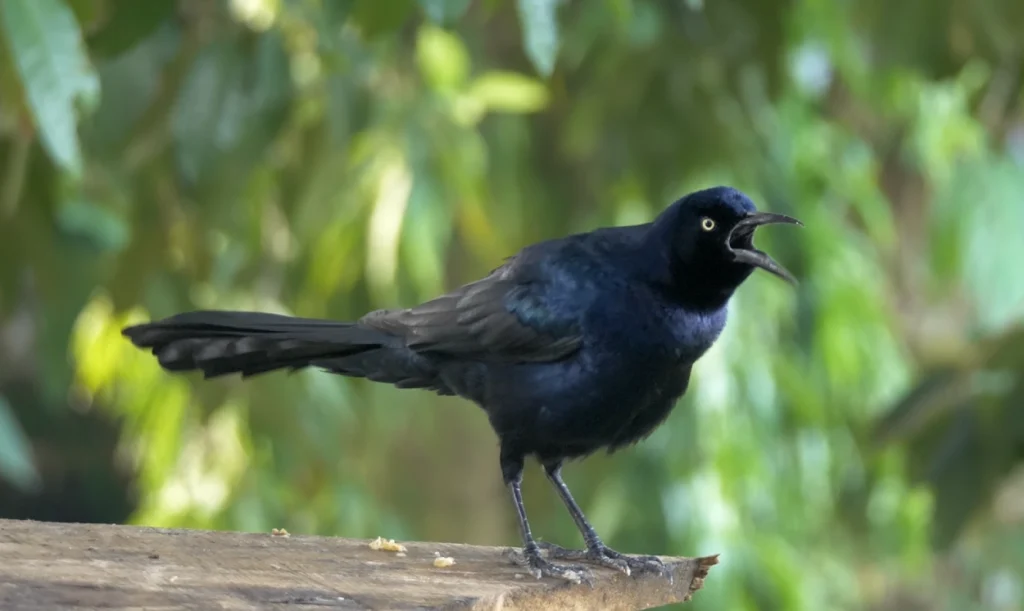
- Scientific Name: Quiscalus mexicanus
- Habitat: Urban areas, wetlands, parks.
- Behavior: These birds are highly social and often found in noisy flocks. They have a variety of calls, from whistles to clicks.
- Physical Characteristics: Glossy black or dark brown plumage, long wedge-shaped tails, and yellow eyes.
- Colors: Males are iridescent black, while females are brown with lighter undersides.
- Eggs: Pale blue or green with brown spots.
- Wingspan: 18 inches.
- Length: 15-18 inches.
- Mass: 150-265 grams.
- Maximum Lifespan: 12 years.
2) Mountain Chickadee

- Scientific Name: Poecile gambeli
- Habitat: Coniferous forests, mountainous regions, occasionally in urban parks.
- Behavior: Active and curious birds, they are known for their acrobatic movements and hoarding food.
- Physical Characteristics: Small size, black cap, white cheeks, and gray back.
- Colors: Black, white, and gray.
- Eggs: White with brown speckles.
- Wingspan: 8 inches.
- Length: 5-6 inches.
- Mass: 10-12 grams.
- Maximum Lifespan: 11 years.
3) Northern Mockingbird

- Scientific Name: Mimus polyglottos
- Habitat: Urban areas, parks, gardens, and scrubland.
- Behavior: Known for their singing ability, these birds can mimic other bird calls and sounds.
- Physical Characteristics: Medium-sized with long legs, a slender body, and a long tail.
- Colors: Gray above, white below, with white wing patches visible during flight.
- Eggs: Pale blue or green with brown spots.
- Wingspan: 12-14 inches.
- Length: 8-10 inches.
- Mass: 45-60 grams.
- Maximum Lifespan: 8 years.
4) Black-tailed Gnatcatcher
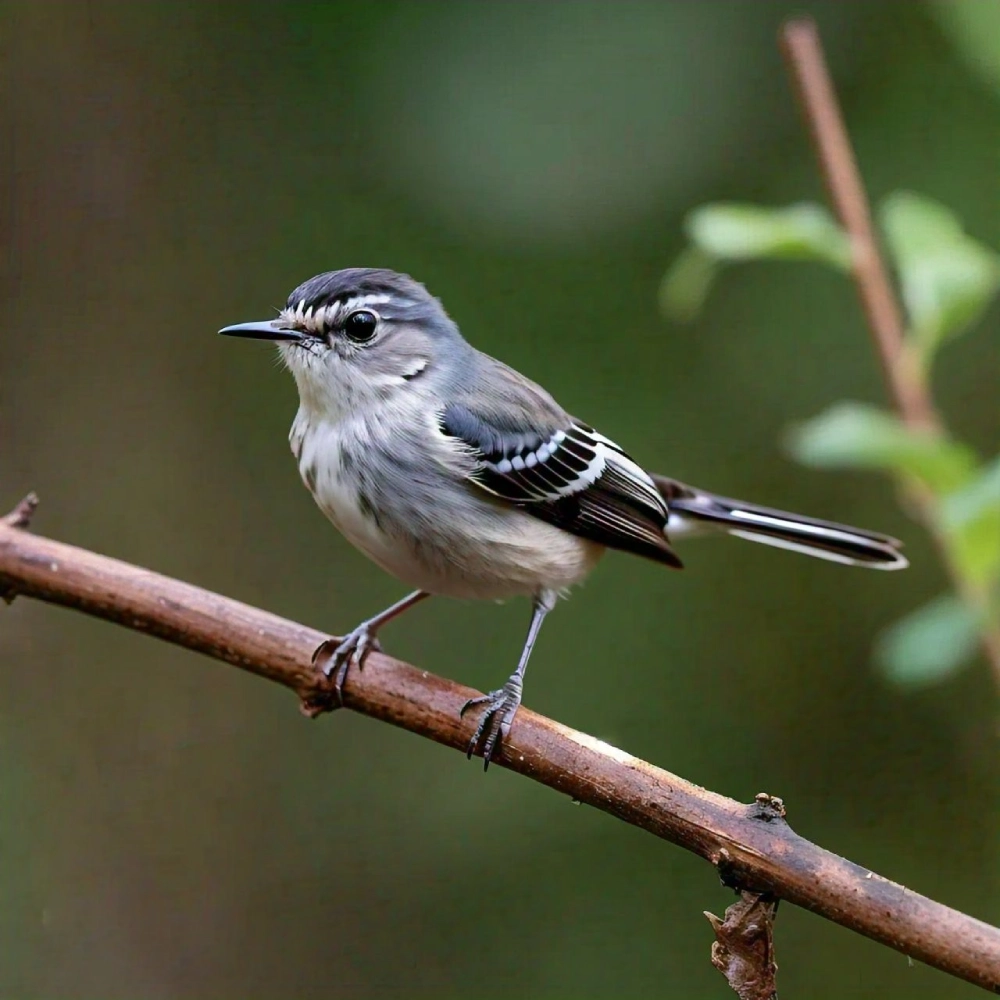
- Scientific Name: Polioptila melanura
- Habitat: Desert scrub, arid regions, and low bushes.
- Behavior: Very active foragers, constantly moving and searching for insects.
- Physical Characteristics: Small size, long black tail with white edges, and a slender body.
- Colors: Gray with a black cap in males.
- Eggs: Pale with brownish speckles.
- Wingspan: 6 inches.
- Length: 4-5 inches.
- Mass: 5-7 grams.
- Maximum Lifespan: 4 years.
5) Bewick’s Wren
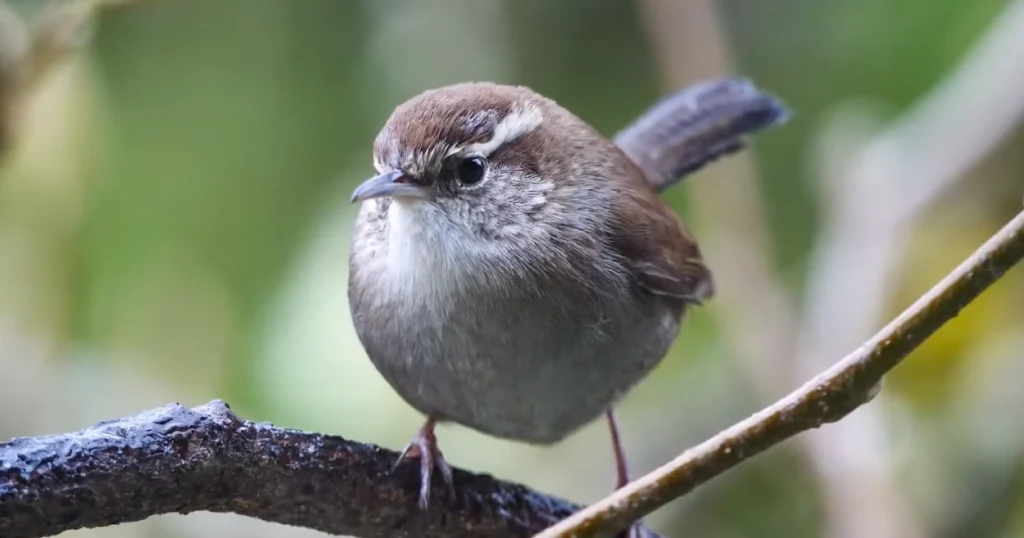
- Scientific Name: Thryomanes bewickii
- Habitat: Thickets, scrubland, woodlands, and urban parks.
- Behavior: Curious and vocal, they often sing from exposed perches. They feed on insects and spiders.
- Physical Characteristics: Small with a long tail often held upright, a thin bill, and a prominent white eyebrow.
- Colors: Brown with lighter underparts and a white stripe above the eye.
- Eggs: White with reddish-brown spots.
- Wingspan: 7 inches.
- Length: 5.5 inches.
- Mass: 10-12 grams.
- Maximum Lifespan: 8 years.
6) Crissal Thrasher

- Scientific Name: Toxostoma crissale
- Habitat: Desert scrub, dense vegetation near water sources, and thickets.
- Behavior: Shy and secretive, often found skulking in dense shrubs. Known for their rich, melodious songs.
- Physical Characteristics: Medium-sized with a long, down-curved bill and a gray-brown body.
- Colors: Grayish-brown with reddish undertail coverts.
- Eggs: Pale blue or green with brown spots.
- Wingspan: 13-14 inches.
- Length: 11-12 inches.
- Mass: 70-85 grams.
- Maximum Lifespan: 10 years.
7) American Coot

- Scientific Name: Fulica americana
- Habitat: Freshwater lakes, ponds, and marshes.
- Behavior: Often mistaken for ducks, these birds are great swimmers and divers. They forage on the water surface for plants and small animals.
- Physical Characteristics: Medium-sized, dark body, white beak, and a lobed foot adapted for swimming.
- Colors: Blackish-gray with a white bill and red eyes.
- Eggs: Pale with brown spots.
- Wingspan: 24 inches.
- Length: 13-16 inches.
- Mass: 500-850 grams.
- Maximum Lifespan: 9 years.
8) Juniper Titmouse
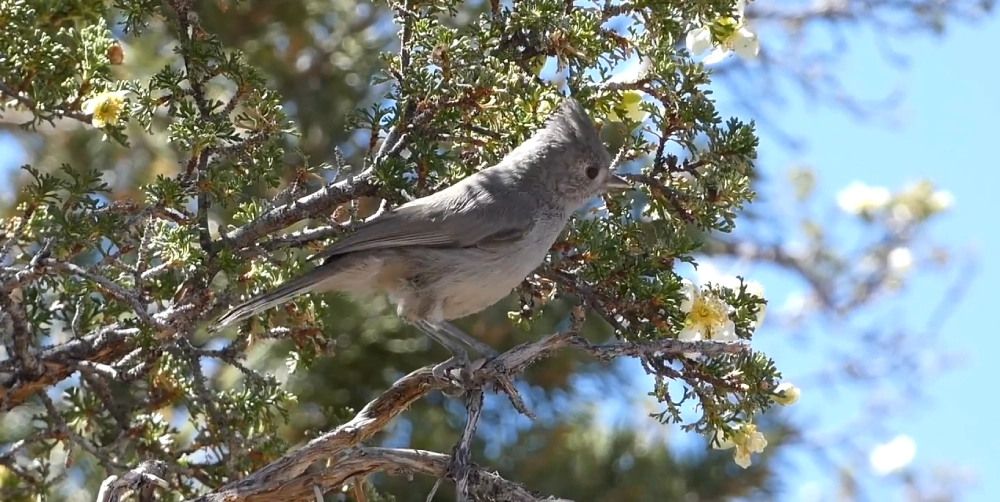
- Scientific Name: Baeolophus ridgwayi
- Habitat: Pinyon-juniper woodlands, deserts, and arid regions.
- Behavior: Inquisitive, often found in pairs or small flocks, foraging for insects and seeds.
- Physical Characteristics: Small and gray with a short crest, round body, and a strong bill.
- Colors: Gray overall with a slight brownish tint.
- Eggs: White with faint reddish spots.
- Wingspan: 8 inches.
- Length: 5.5-6 inches.
- Mass: 17-21 grams.
- Maximum Lifespan: 7 years.
9) Gambel’s quail

- Scientific Name: Callipepla gambelii
- Habitat: Desert regions, especially areas with dense shrubs, cacti, and desert washes. Often found in dry valleys and suburban areas with low vegetation.
- Behavior: Social, ground-dwelling bird that forages for seeds, grains, and insects. Typically seen in family groups called coveys. Prefers to run rather than fly when threatened.
- Physical Characteristics: Medium-sized with a plump, rounded body. Features a distinctive forward-curving plume on the top of its head, more prominent in males.
- Colors: Males are gray with a chestnut crown, black face, and black belly patch. Females are gray-brown with a less prominent topknot and lack the black facial markings.
- Eggs: Creamy to pale-buff eggs with brown speckles. Usually lay 10-12 eggs in a shallow ground nest hidden under cover.
- Wingspan: 14-16 inches.
- Length: 9-12 inches.
- Mass: 140-200 grams.
- Maximum Lifespan: 3-5 years in the wild.
Best Times for Birdwatching in
Las Vegas provides early morning and late afternoon opportunities for birdwatching when temperatures are low, and birds tend to be active. Ideally, spring and fall are times when the flow of migratory birds will be at their peak.
Respecting Wildlife
- Keep a safe distance and avoid disturbing nesting areas.
- Do not feed wild birds; they have adapted to the local environment.
- Stay on designated paths in protected areas to avoid damaging habitats.
Conclusion
In Las Vegas, amid all this nocturnal revelry, lies the captivating silence of early mornings and late afternoons, allowing visitors to enjoy nature and its creations in lavishness. Bird species abound from the city and, indeed, the surrounding desert itself, highlighting some examples of wildlife’s adaptability and persistence in a relatively harsh environment. Like the grandmaster of birds, birders will find themselves in the midst of a plethora of avian opportunities, presenting a rich and vibrant flora and fauna, waiting to be appreciated. Grab a pair of binoculars and come to discover the seldom experience the world has in Las Vegas!

